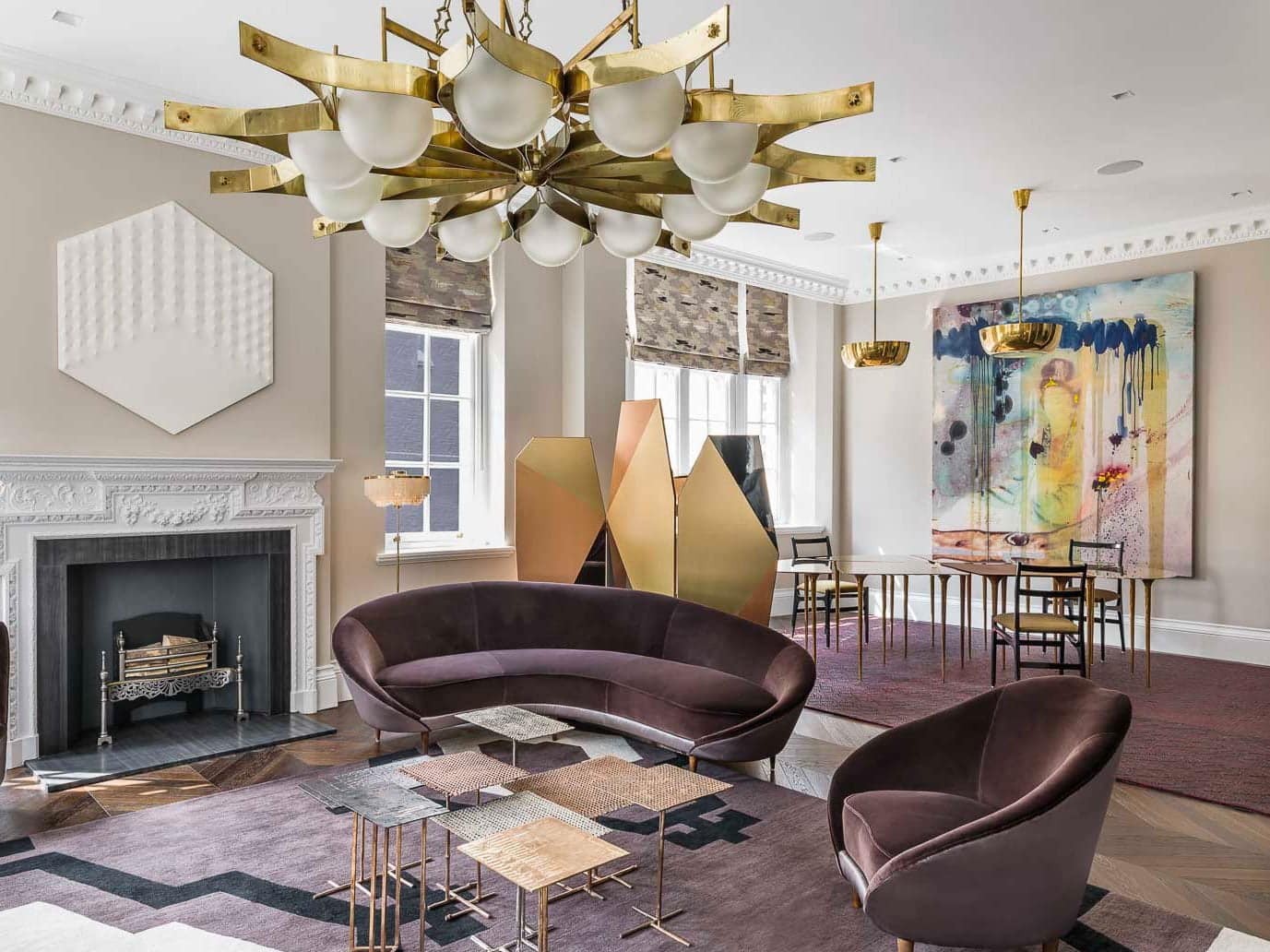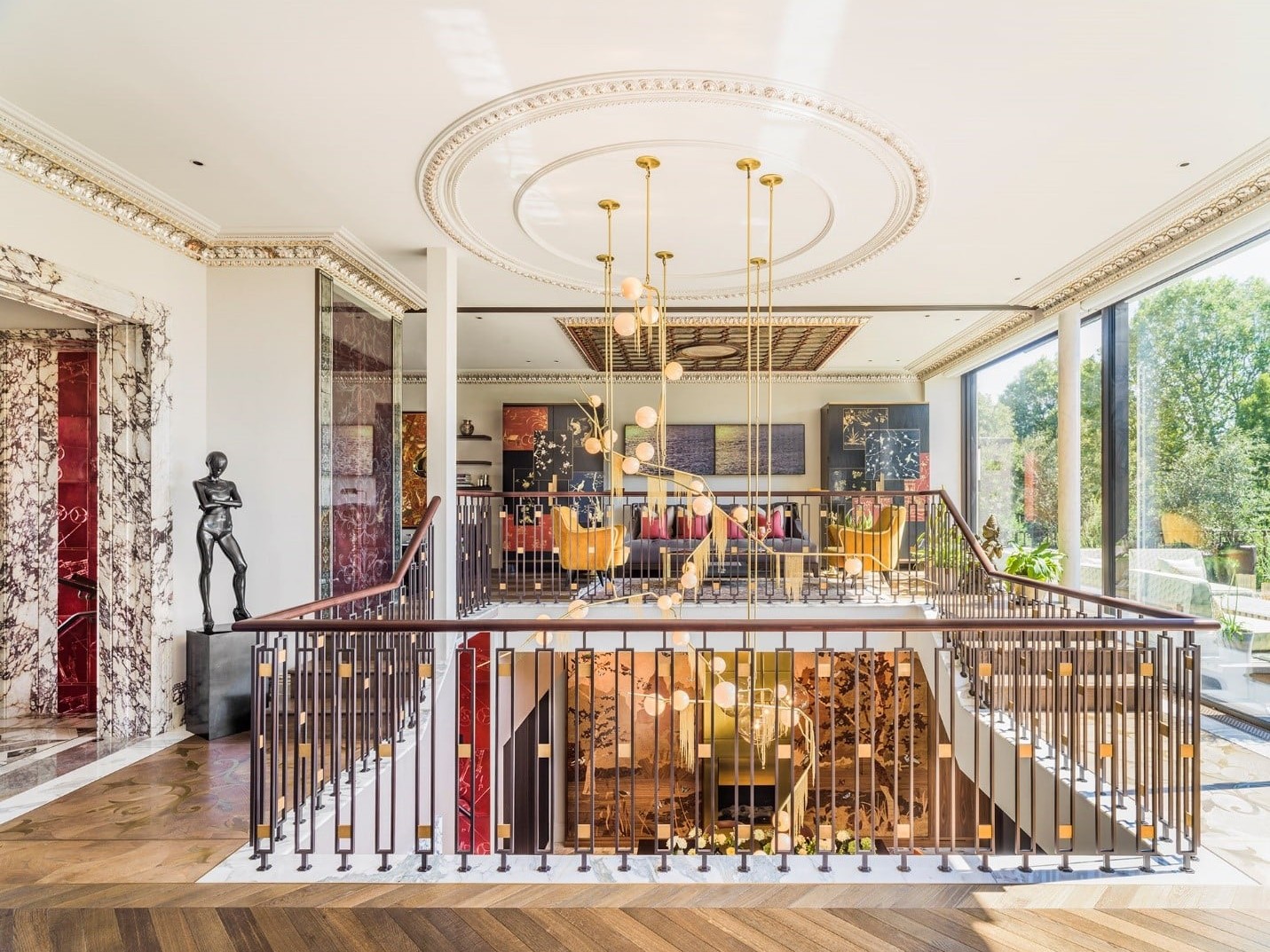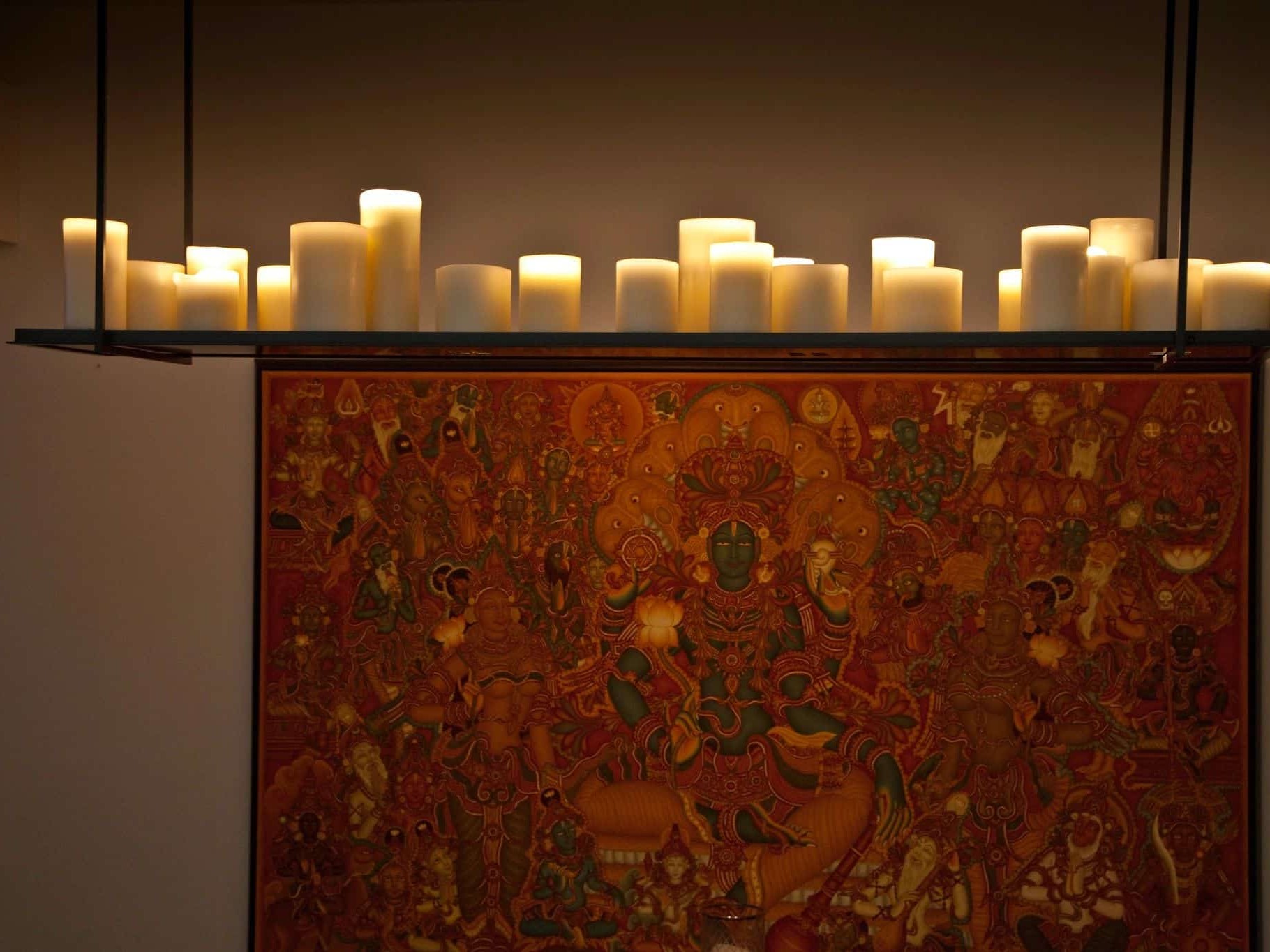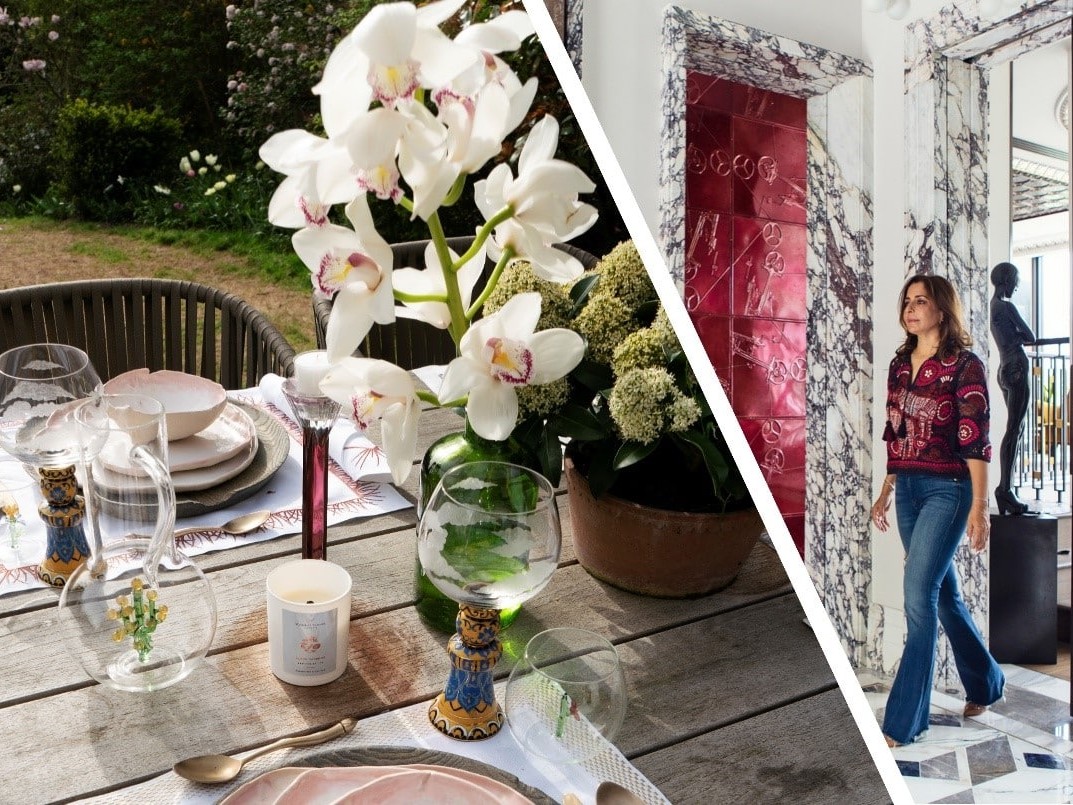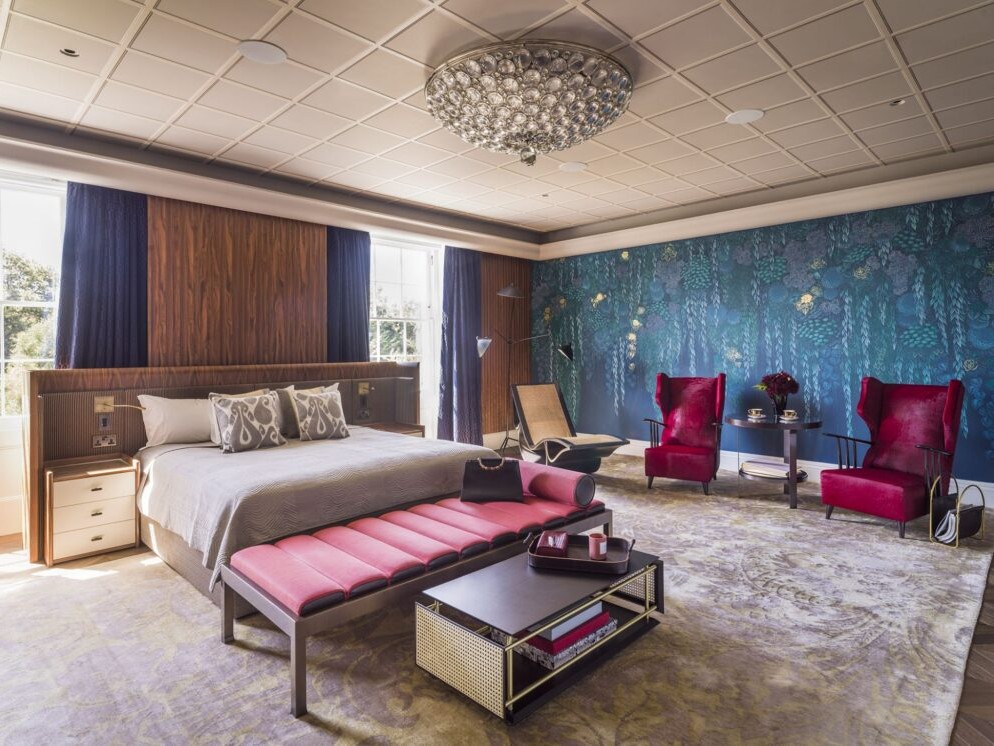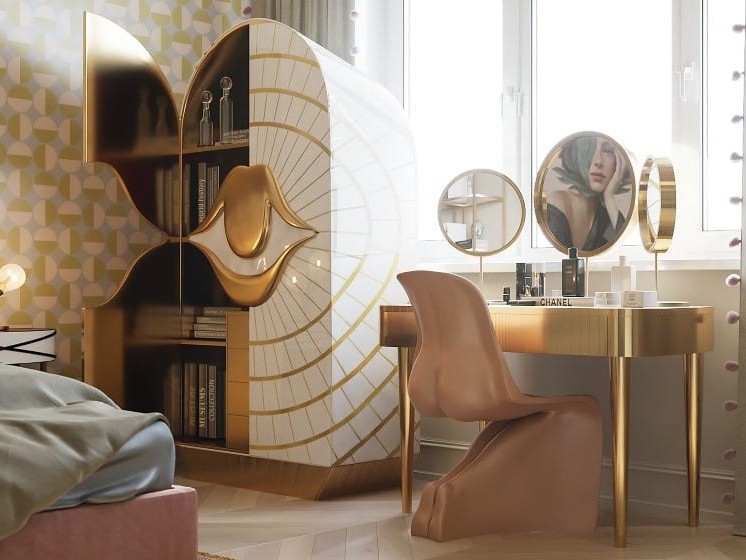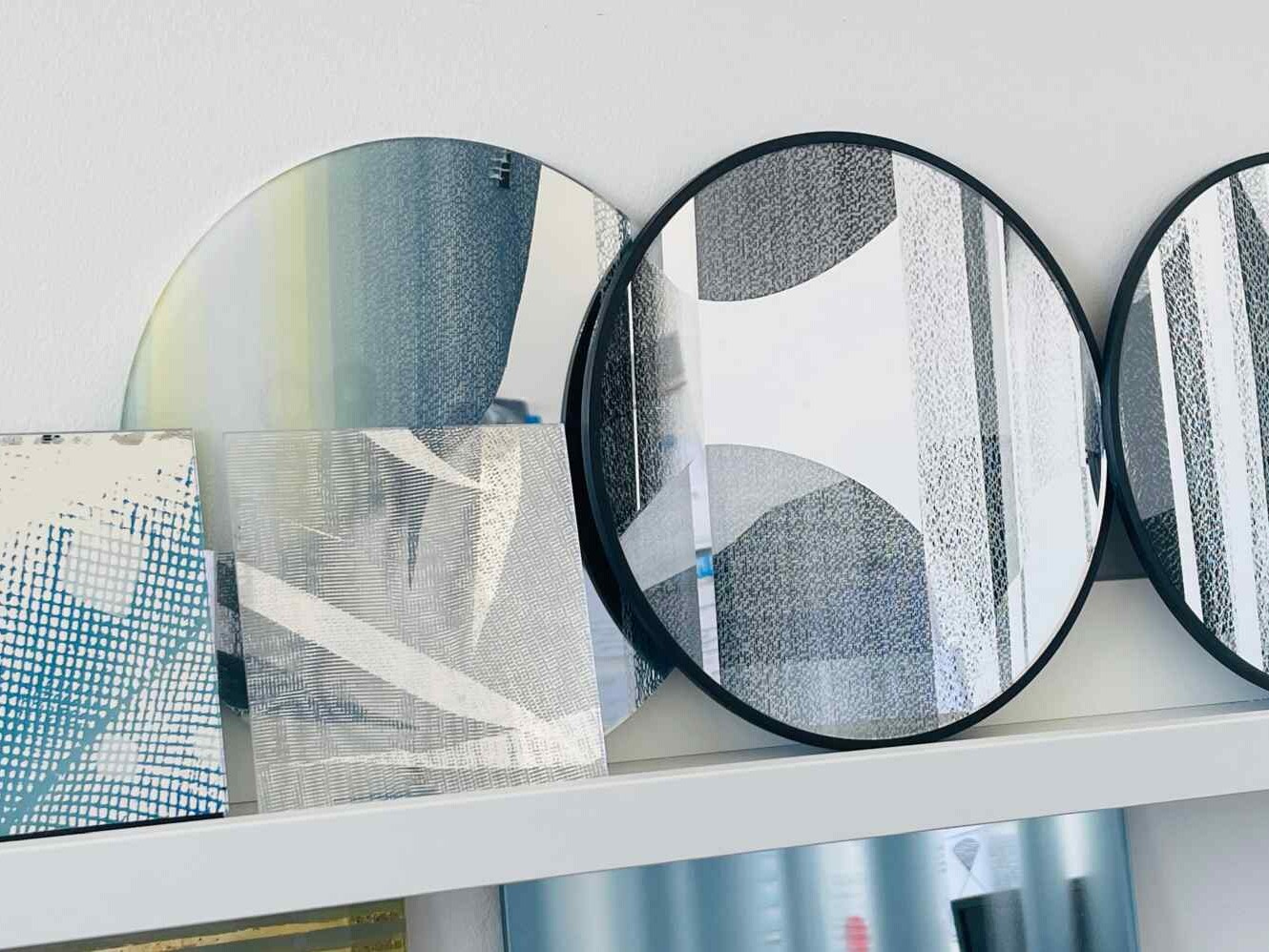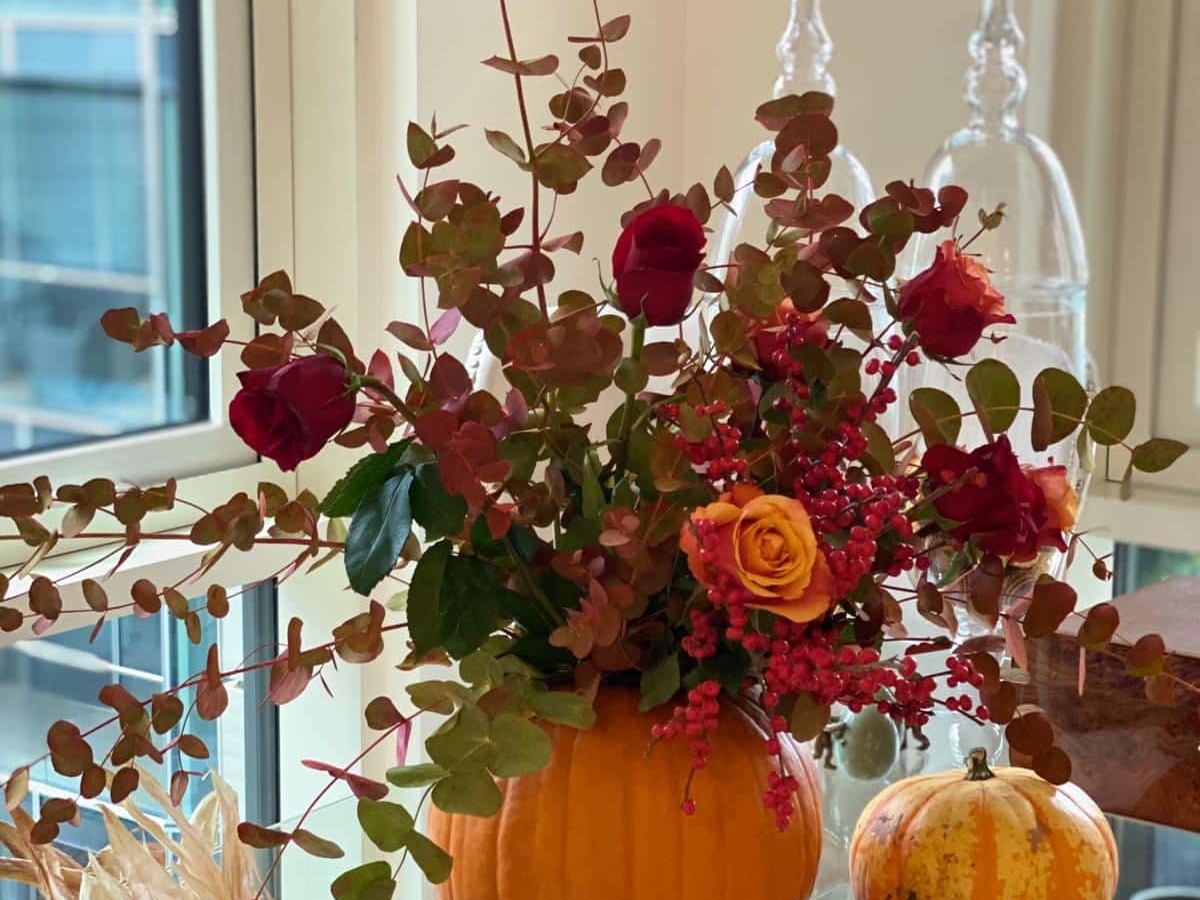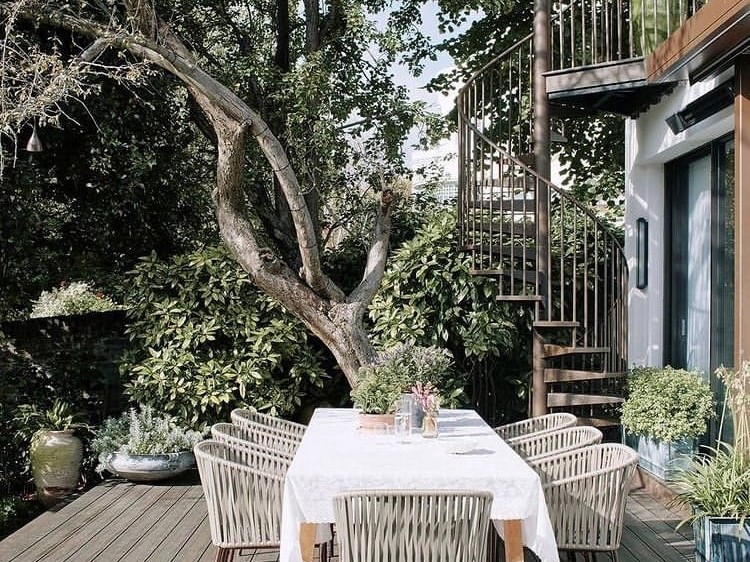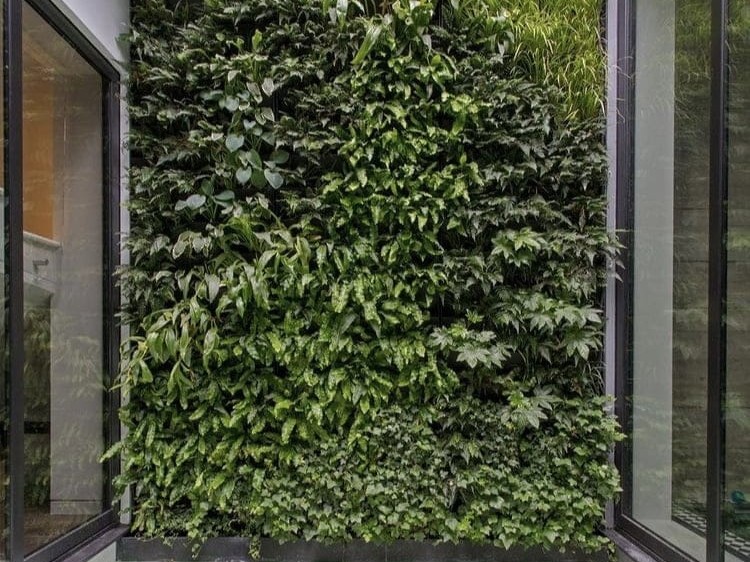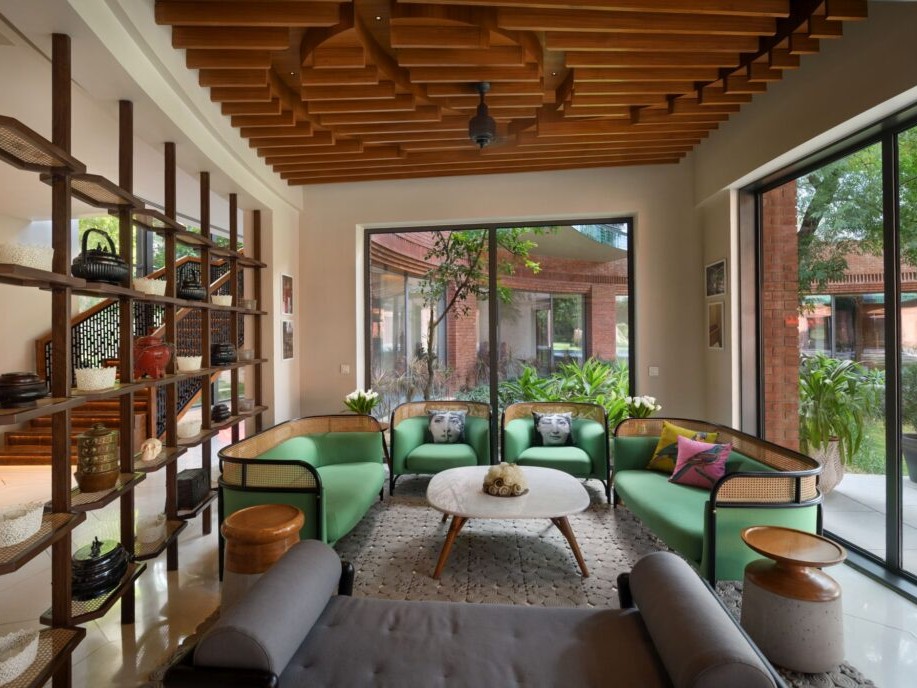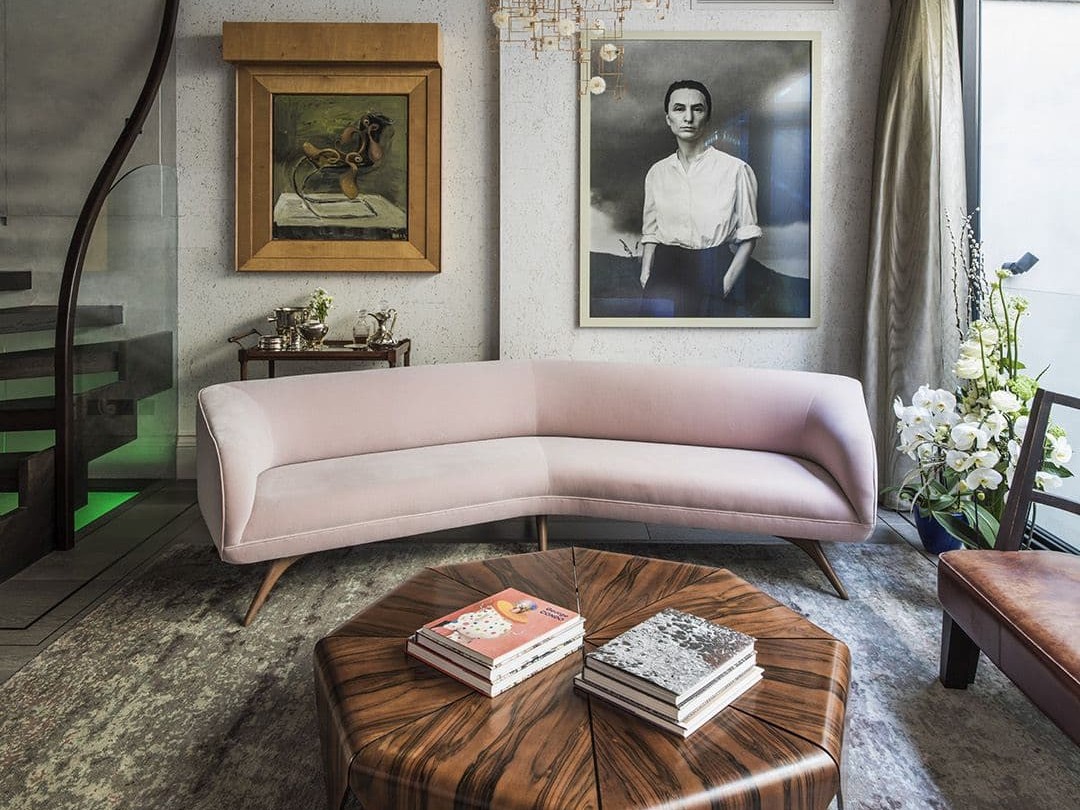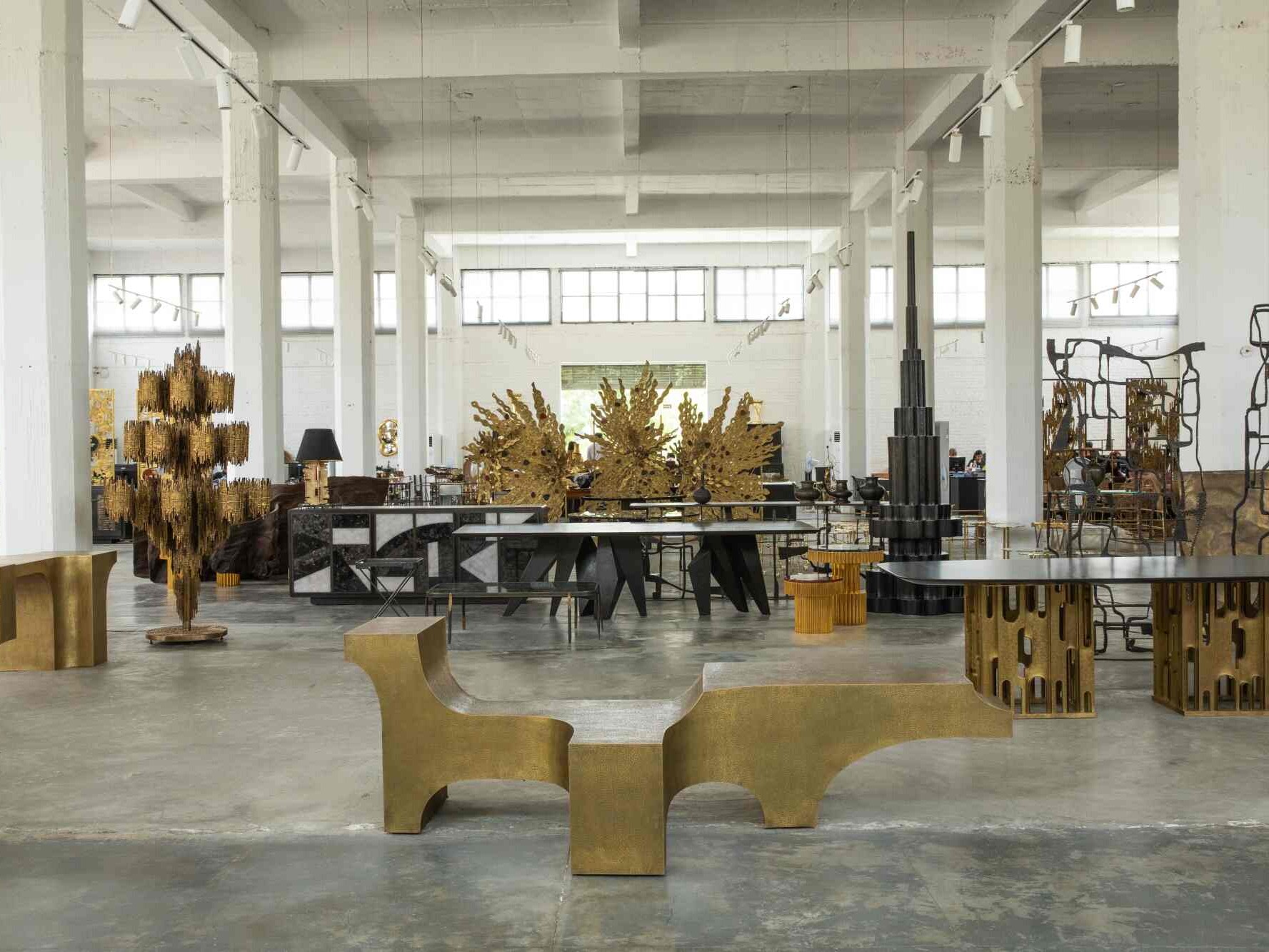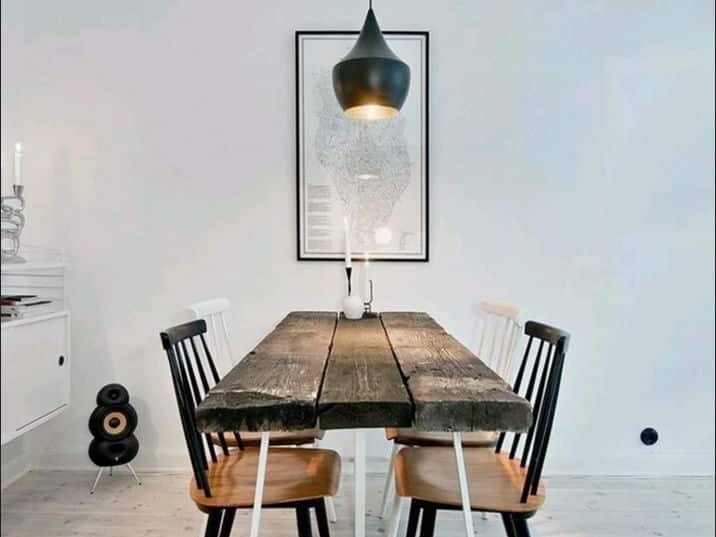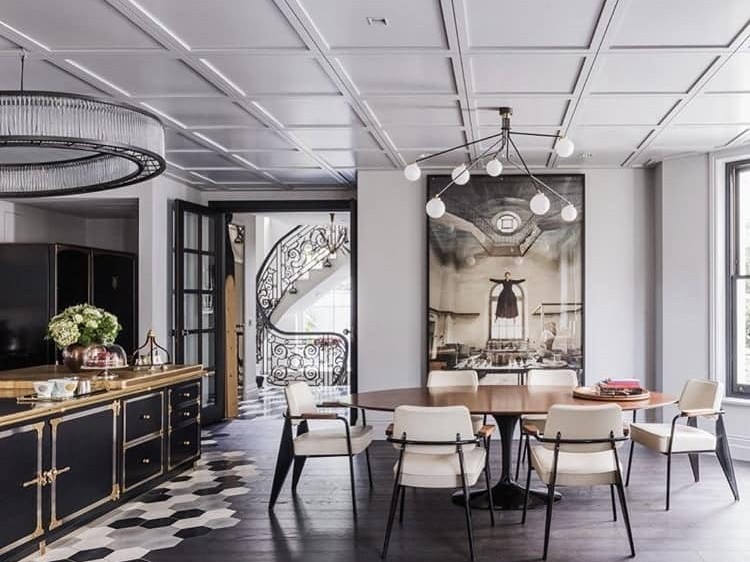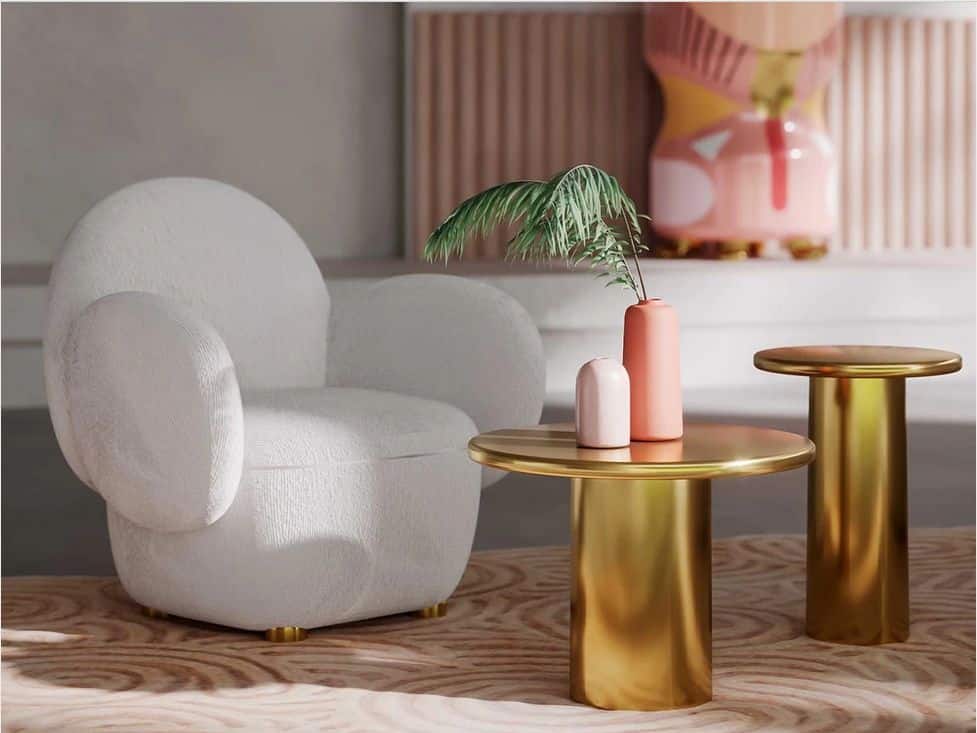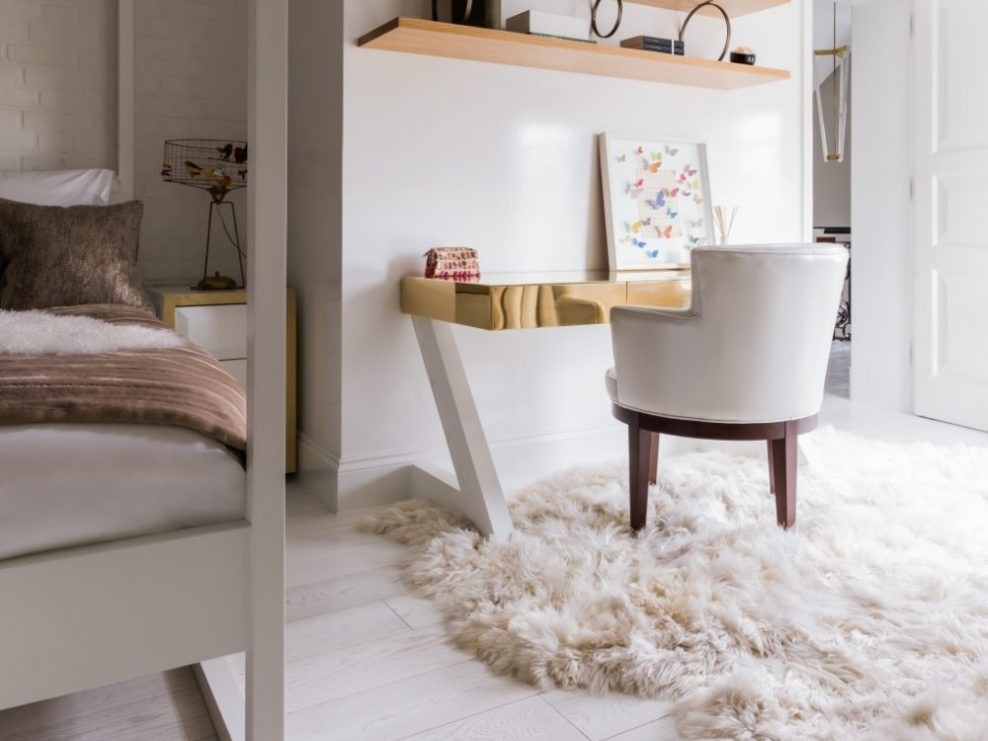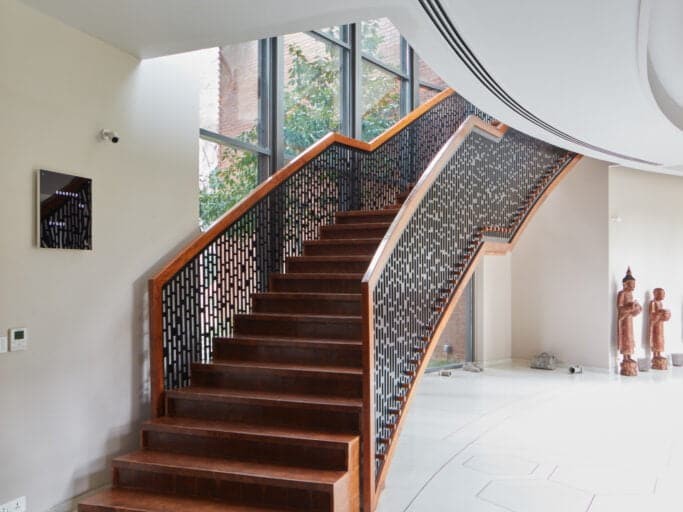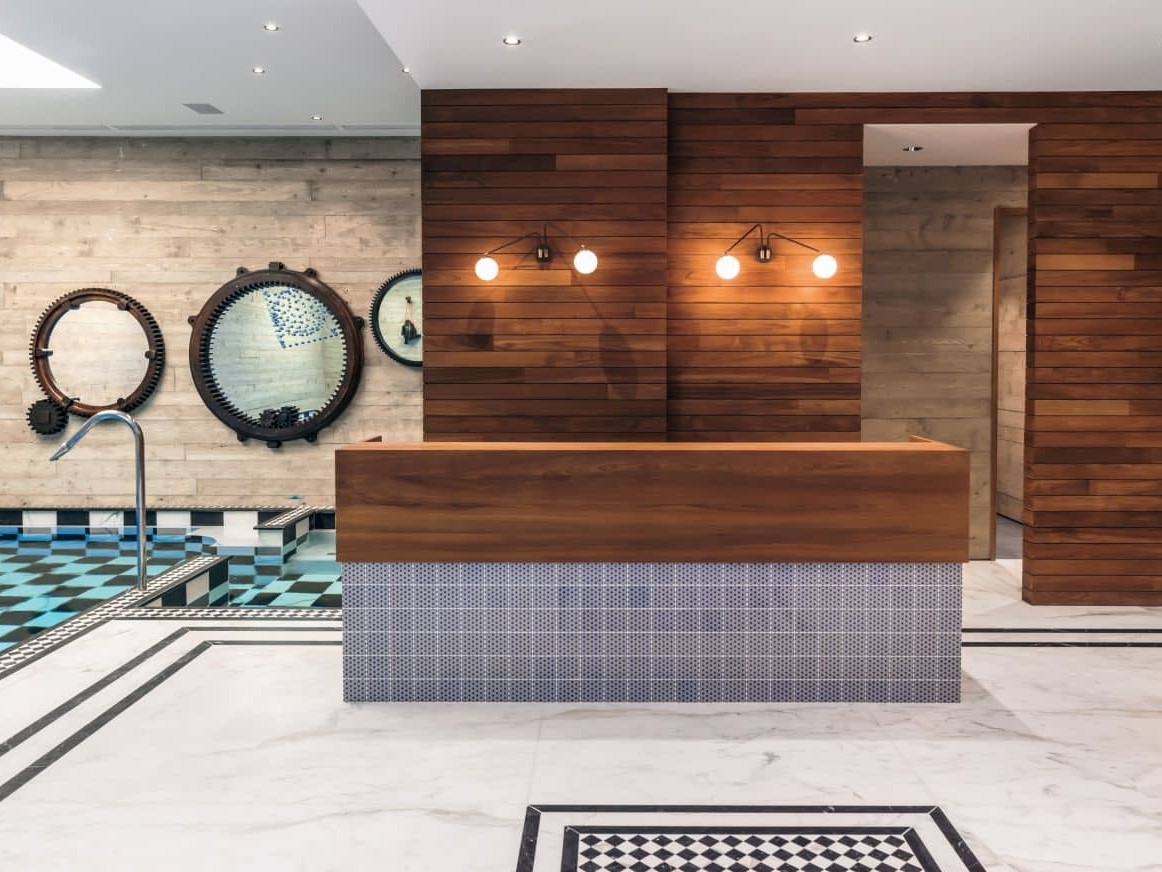Biophilic design is a design concept that connects people with nature in their built environment. It incorporates natural elements, such as plants, water, and light, into the interior design of buildings, creating spaces that promote wellness, productivity, and connection with the natural world. Biophilic design has been shown to have positive effects on human health and wellbeing, and can be easily incorporated into home interior design.
Natural Materials
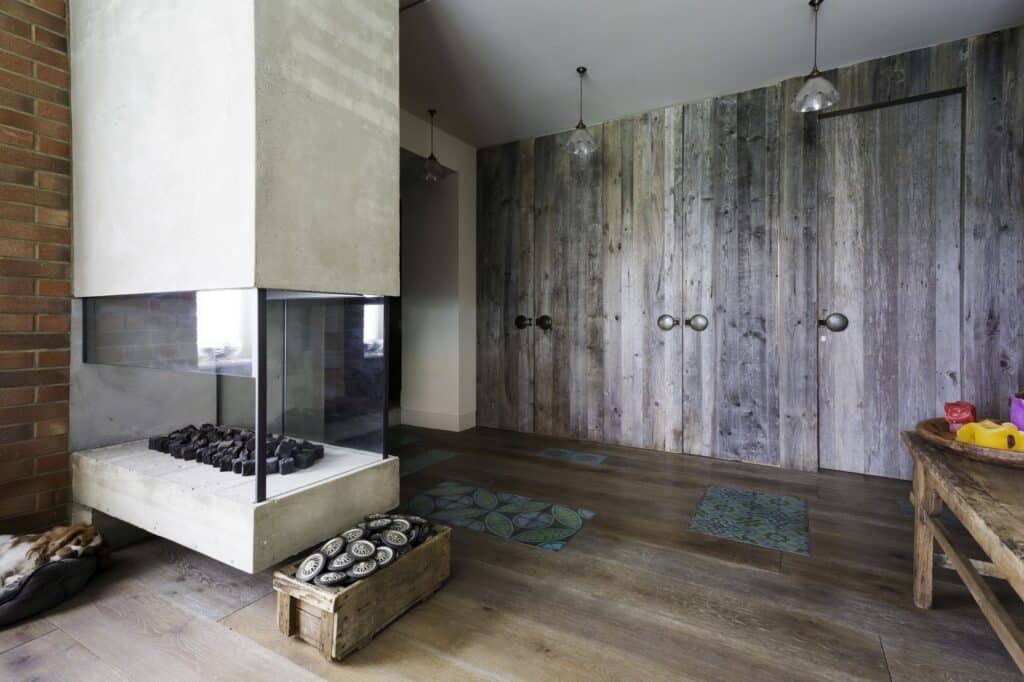
One way to incorporate biophilic interior design into your home is by using natural materials. Natural materials like wood, stone, and marble add texture and warmth to a space, while also providing a sense of natural elements that can be found in the outdoors. Use wooden floors, tables, and chairs, stone countertops, and marble accents in your interior design to add a touch of nature to your living spaces.
Natural Lighting
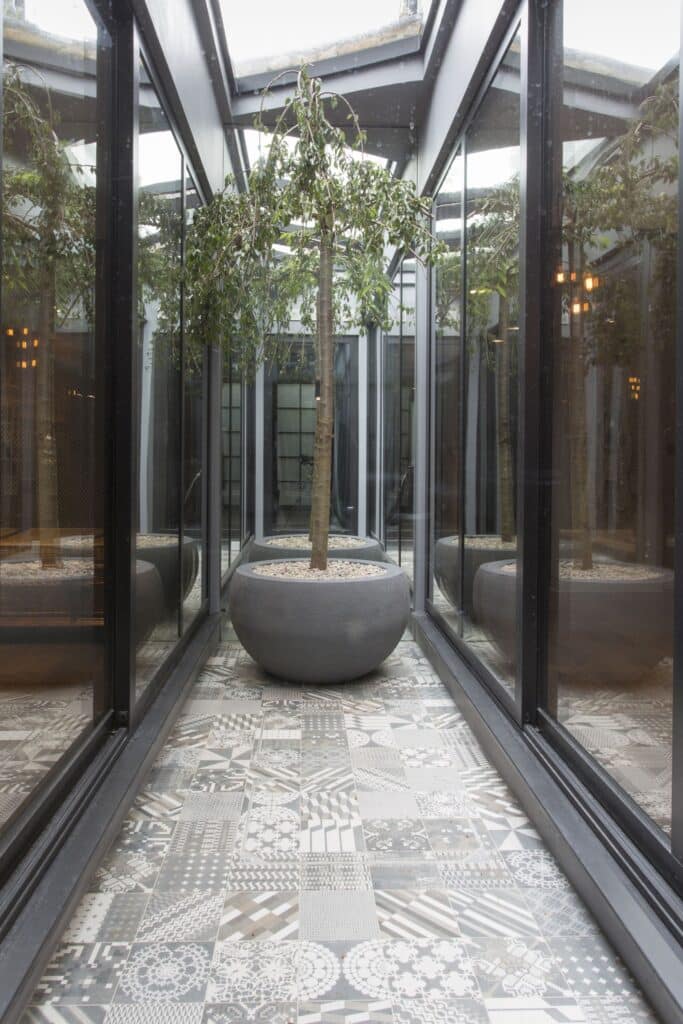
Another way to bring biophilic design into your home is through natural lighting. Natural light can have a positive impact on mood, and also provides the necessary vitamin D that our bodies need. If possible, let natural light into your home by choosing large windows or skylights. You can also use artificial lighting that mimics natural light, such as full-spectrum bulbs, to create a bright and welcoming environment.
Living Wall & Plants
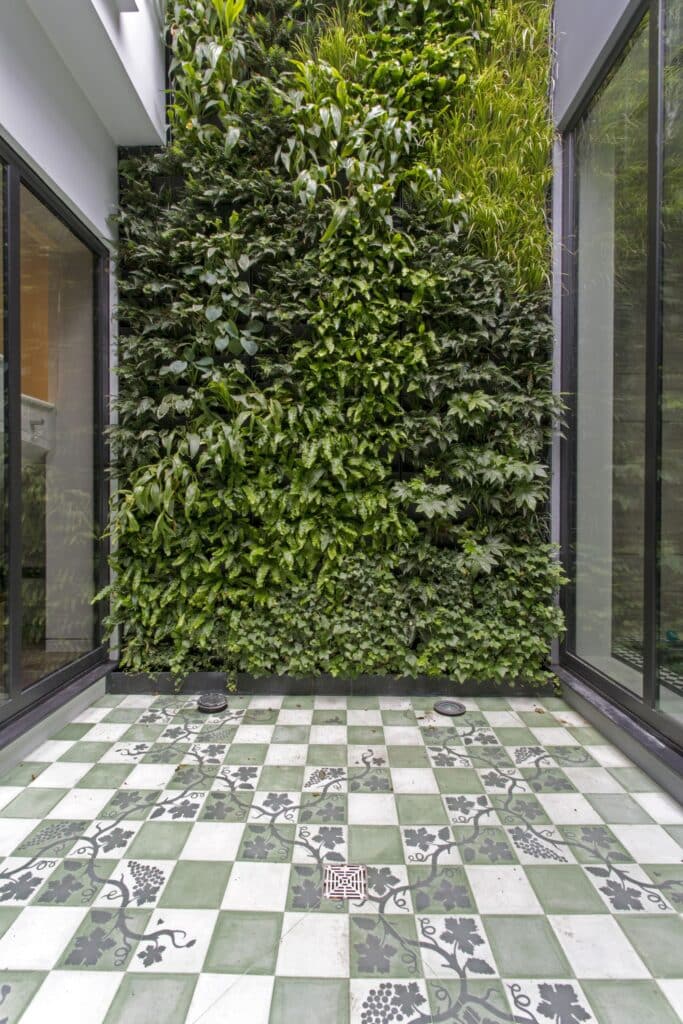
Plants are an excellent way to bring the natural world indoors. They not only purify the air, but also create a calming atmosphere. Indoor plants such as succulents, ferns, and palms can be used as decorative accents throughout your home. You can also create a vertical garden by hanging plants on the wall or installing a living green wall.
Water Features
Water is a key element in biophilic design, which seeks to incorporate natural elements into built environments to enhance the human connection to nature. The use of water features such as fountains, ponds, and streams can create a calming and soothing atmosphere, promoting relaxation and reducing stress. The sound of running water can also help to mask unwanted noise and create a more peaceful environment. In addition to its aesthetic and psychological benefits, water features can also provide a habitat for aquatic plants and animals, further enhancing the connection to nature. However, it is important to consider the maintenance and safety of water features in the design process, as they can pose potential hazards if not properly managed.
Colour In Your Home
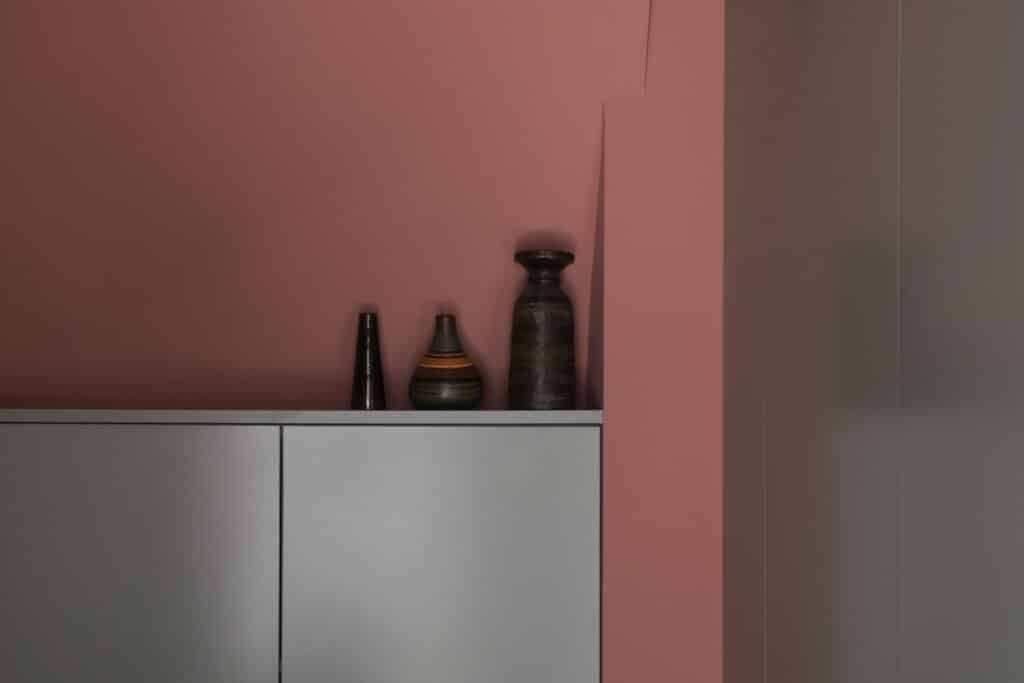
In biophilic design, the use of colours plays a critical role in creating a connection to nature. Earthy and natural colours such as greens, browns, blues, and yellows are commonly used as they evoke the feeling of being outdoors. Greens are often associated with foliage and plants, and have a calming effect on the human mind. Browns and yellows can represent natural materials such as wood and stone, while blues can represent water and the sky. These colours can be used in a variety of ways, from incorporating natural materials such as wood and stone into the design, to using paint colours and fabrics that mimic natural shades. Additionally, biophilic design often incorporates patterns found in nature, such as leaf patterns or tree bark textures, which can further enhance the connection to the natural environment.
6 Ways Incorporating Biophilic Design Elements Into Your Bedroom
Incorporating biophilic design elements into your bedroom can be a great way to create a more peaceful and restorative space. Here are a few ways to do it:
- Add plants: Incorporating potted plants or hanging greenery can add a natural element to your bedroom. Some good plant options for the bedroom include peace lilies, snake plants, and English ivy.
- Use natural materials: Choose natural materials for your bedding, curtains, and other textiles. Cotton, linen, and silk are all great options.
- Let in natural light: If possible, maximize the natural light in your bedroom. Use light, sheer curtains to let in as much light as possible during the day, and consider adding a skylight or window to bring in more natural light.
- Choose natural colours: Use a calming, natural colour palette in your bedroom. Shades of green, blue, and brown can all help create a soothing and relaxing atmosphere.
- Add a water feature: Consider adding a small tabletop fountain or a fish tank to your bedroom. The sound of flowing water can be very calming and relaxing.
- Incorporate natural textures: Use natural textures such as wood, stone, or bamboo in your bedroom decor. A wooden headboard or bedside table, for example, can add a natural touch to your space.
Layout Of Your Home
In addition to these elements, biophilic design can also be achieved through the layout of your home. Create spaces that provide views of nature, such as a window that overlooks a garden or a balcony that overlooks a nearby park. You can also create outdoor living spaces, such as patios or decks, that blend seamlessly with the natural environment.
Health And Well-Being
Research suggests that biophilic design, which incorporates natural elements into indoor environments, can enhance mood by reducing stress, improving cognitive function, and increasing feelings of well-being. Exposure to nature has been linked to decreased levels of cortisol (a stress hormone), improved mood, and increased attention and focus. Biophilic design elements such as natural light, greenery, and water features have been found to have similar effects on mood and can improve overall quality of life in indoor spaces.
Biophilic design can have a positive impact on our health and well-being, and incorporating it into your home is easier than you might think. By incorporating natural materials, lighting, plants, water, and outdoor living spaces, you can create a home that promotes wellness, productivity, and connection with the natural world. With biophilic design, you can enjoy the benefits of nature without ever leaving the comfort of your own home.
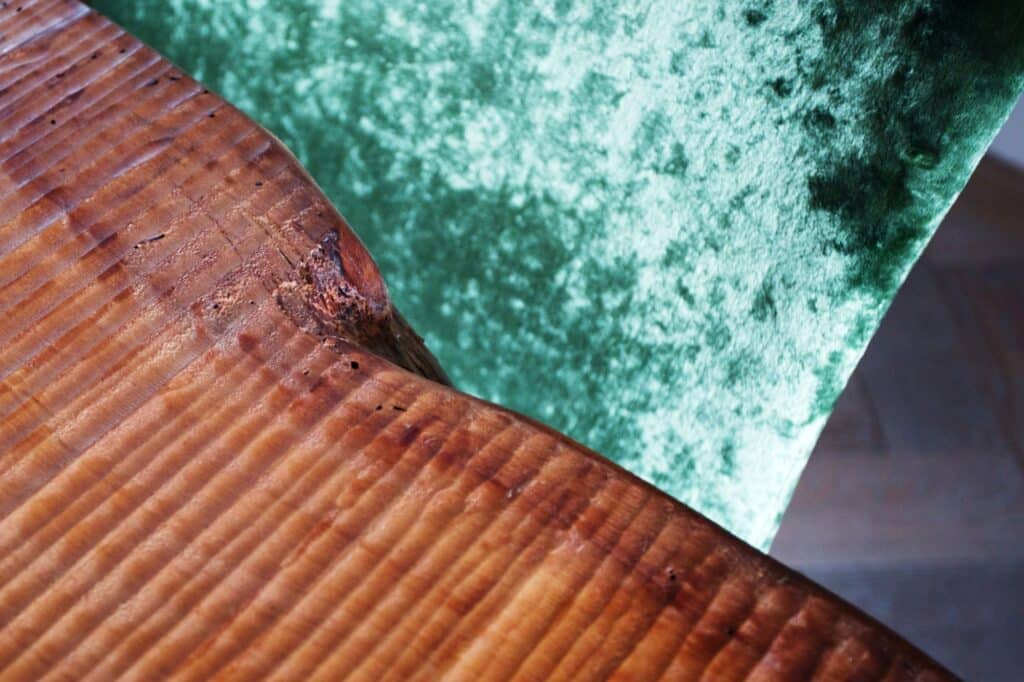
Related articles
Interior Design Trends For Spring 2023
Expect plush velvets, dusty pastels and a focus on minimalism in our roundup.
Home Interior Design And How To Visualise A Space
From mood to layout, we share the essential aspects to consider when designing a home.
Curio Maker Spotlight: Elizabeth Kent Studio
Elizabeth Kent’s mirrored masterpieces meld modern glass gilding and mirror making techniques with traditional print and etching methods.
The Art of Curating A Personal Collection At Home
Five ways your art can transform your home with soul, ambience and character.
Introducing The Shakti Design Residency
We’re so thrilled to launch the Shakti Design Residency in India, a new annual initiative to support emerging international design talent.
Creating the Perfect Home Gym: 7 Design Tips for a Personal Fitness Haven
We reveal seven design tips for the ultimate, motivating workout space.


